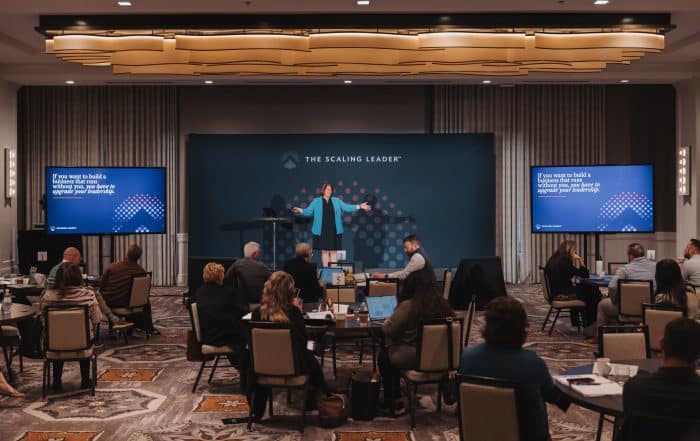I walked out of our board room on the last Thursday of April 2022 and let out a huge sigh of relief. There was a lot of work ahead to execute the split my partners and I had just unanimously voted on, but I was proud of the collaborative negotiation I facilitated and grateful for the life-long skills I developed in the process.
Not quite two years earlier, I had proposed the same idea (to split our firm’s two business models into two separate companies); we didn’t even get to a vote. I left that meeting disappointed and full of regret due to the hard feelings I had inadvertently created.
So, what happened in between those two partner meetings? I learned that to move forward, I needed to find and present strategies that would be mutually beneficial to myself and each of my seven partners – something Steven R. Covey calls “Think Win-Win” in his book, “The Seven Habits of Highly Effective People.” I also focused on rebuilding trust with my partners and growing as a leader (you can read more about that in these separate blog posts: #1 and #2 in the series) To put the “win-win” habit into action, I…
- Clarified the intentions of my mind and heart. Though I had strong opinions about the vision and strategy we needed, I also valued the relationships I had established with my partners (most of whom I had worked with for twenty years). I also realized I didn’t want to “win” if it meant a “loss” for them, our team, or our clients. But that didn’t mean I needed to abandon my own thoughts and beliefs. And it didn’t mean I needed to be a jerk. It meant I had to find a way to balance:
- Confidence and empathy
- Courage and sensitivity
- Bravery and kindness
- Put myself in each person’s shoes. I had to really think about what a win looked like to me, and what I thought a win looked like for each of my seven partners. I considered each person’s personality and instinctive behaviors using results of Enneagram and Kolbe assessments. I reflected on things they each had said during partner meetings and one-on-one meetings about their goals, values, and future.
Then, I put together a slide deck summarizing “what the win looks like for each of us.” I included name, photo, Enneagram type, Kolbe MO, and 3-5 statements articulating what a win looks like for each person.
- Shared my perspective of everyone’s win. A couple of weeks before the meeting, I provided a video talking through the agenda and the meeting materials, including the slide deck summarizing each person’s win. I asked each partner to let me know if they had anything to add/edit around what a win looks like to them. I reiterated each of those wins again at the actual meeting. This set the tone for our entire negotiation process over the months that followed. We all knew we were seeking mutual benefit, and ultimately, we achieved it.
These same practices help me in my everyday life as a wife, a mom, and a leader. We’re each constantly negotiating, even though we may not think of it that way. Finding ways for both parties to benefit allows me to honor what I really want and need without discounting or neglecting what the other party wants or needs. Download our Mutual Benefit Worksheet to help you produce more win-win outcomes in work and life.
“In the long run, if it isn’t a win for both of us, we both lose.”
– Dr. Stephen R. Covey
ABOUT THE AUTHOR
Courtney De Ronde
Relevant Posts
Learn What Your Business Needs Most to Unlock Faster Growth
Your business relies on four key areas, or centers of intelligence, to thrive. Take the free Business Intelligence Grader to see how you score across financial, leadership, productivity, and human intelligence and learn where to focus to drive greater results.
Your business relies on four key areas, or centers of intelligence, to thrive. Take the free Business Intelligence Grader to see how you score across financial, leadership, productivity, and human intelligence and learn where to focus to drive greater results.



